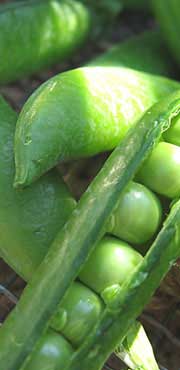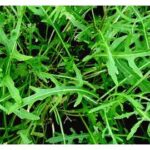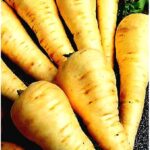Pea, Garden – Greenshaft
€2.95
Description
Pea, Garden – Greenshaft is my favourite garden pea. To my knowledge there is no other that can come anywhere near it. Above all it is very high yielding and with excellent flavour. Additionally you get up to 10 seeds per pod and it is mildew resistant.
Sowing:
April to June.
Sow directly outside in a well prepared seed bed in trenches 5cm deep and 15cm wide.
Spacing:
The seeds should be spaced evenly in the trench about 3-5cm apart.
A single row per bed will facilitate harvesting.
Approx. seed count: 100
Growing peas:
Pea, Garden – Greenshaft
Latin name:
Pisum sativum
Family:
Leguminosae
Introduction:
Peas are not really a likely crop for a polytunnel or greenhouse. In fact, during the summer and early autumn months peas will do a lot better outside. Because of this the only time I would grow peas indoors is in late winter. I usually sow the seeds in late January and therefore, expect a first harvest in early April.
Types of peas:
There are three types of peas, the normal garden peas, mange-tout types and sugar snaps. Ideally choose an early variety of your preferred type.
Soil and site:
Pea, Garden – Greenshaft grow in any reasonably fertile soil. However, they dislike an application of fresh manure. Peas are excellent nitrogen fixers and get lazy if too much nitrogen is applied previously. Peas also need a sunny spot in your greenhouse.
Sowing:
Peas can be sown in small pots or in guttering pipes and placed on a heating bench. This will speed up germination during the cold period. The soil can be warmed up by covering it with black plastic for a couple of weeks prior to planting. The pots or guttering pipe can be planted into the tunnel or greenhouse border about 5 weeks after sowing.
If the greenhouse soil is warm enough then the seeds can be sown directly into the border.
You can grow them in a single drill in the middle of the bed and support them with a fence or in a double row 70cm apart and erect a bamboo/branches framework. One sowing in late January/February will usually be sufficient.
I have never attempted to do a late sowing indoors to extend the growing season towards the end of the year. A July sowing is probably best for that. Also, I would select a variety that has some resistance to mildew as peas are very prone to this disease towards the end of the year and the sheltered conditions of a tunnel or greenhouse exacerbate the problem.
Spacing:
Between plants: 5cm
Between rows: 70cm (if you have a double row)
Plant care:
Dwarf peas need little climbing support. Also, if they are grown in closely spaced double rows they may hold each other up together. Any stragglers could be helped with a short branch. Dwarf peas mature far earlier than taller varieties but won’t last as long. This enables a gardener to get a quick crop out of an unused space before the main crops such as tomatoes or cucumbers are planted in mid May.
The tall pea varieties need to be trained up adequately. This can be done with sticks, chicken or sheep fence or bamboo canes. Peas, however, find it difficult to climb up bamboo canes, so you should use twigs in between the canes.
Most importantly remember to check the height of the variety you grow and erect a high enough frame for the peas.
Harvesting:
Early peas from a tunnel can be harvested from early April until mid May. Then they should be cleared to allow the planting of the main crops. The pods should be picked regularly (once or twice a week), so they are still tender. However, if you do not harvest regularly the plants will soon stop flowering.
The sowing in July will yield peas from September onwards because this is when your outdoor crops are starting to get tired.
Potential problems:
Especially for the very early sowings mice can be a big problem. As soon as they discover the delicious seeds there is no stopping them. If you are worried about it you should raise the seeds in a safe area for planting out at a later stage.
The main disease is powdery mildew. The leaves and pods develop a sticky grey-white substance. Peas will usually develop this disease in late summer however, if you grow the variety Greenshaft you will have much less of a problem.
How much to grow?
You will get about 1kg of peas per square metre.
Varieties:
Pea, Garden – Greenshaft
Why not subscribe to my monthly gardening newsletter?
https://greenvegetableseeds.com/newsletters/
A good information for all gardening news is the Irish Garden Magazine:




